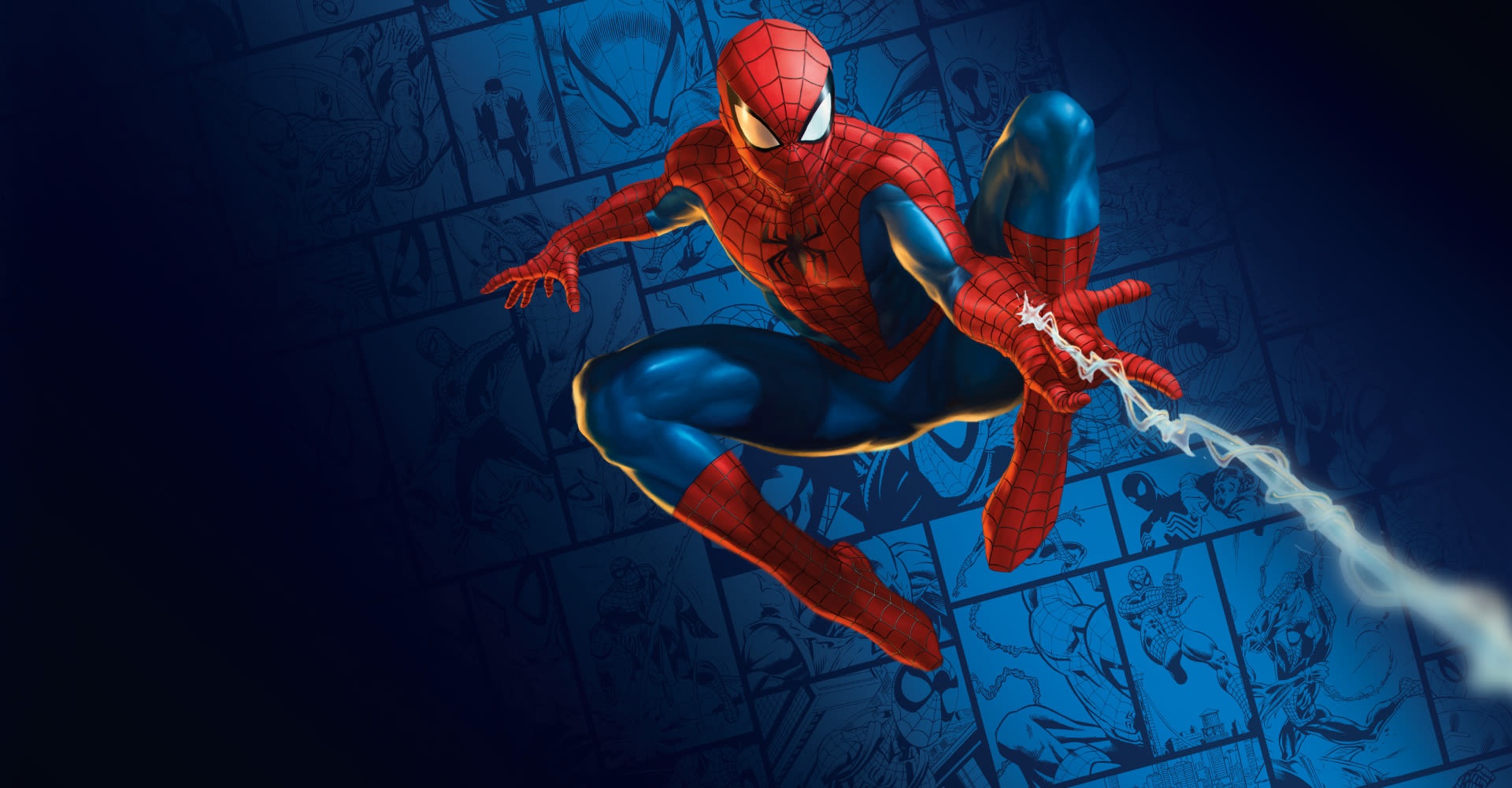
Magic and Marvel’s Spider-Man Set: Hits, Misses, and Collector Appeal
When Wizards of the Coast and Marvel teamed up for a collaborative Magic: The Gathering set featuring the iconic Spider-Man, expectations were soaring. After all, theaters of cardboard enthusiasts and superhero fans alike awaited eagerly, bracing for the impact of what seemed like a match made in geek heaven. Spider-Man, a household name not just in the realm of comics but popular culture at large, waltzing into the planes of Magic should’ve been an easy method to ace the market. At a time when cross-over sets have wowed with freshness and flavor, anticipation bubbled to an all-time high, converting casual fans to Magic and enchanting long-time aficionados. Alas, what unfolded was a dual-natured product that delighted high-end collectors while somewhat snubbing the more gameplay-focused crowd.
The initial thrill, much like the typical high-flying escapades of Spider-Man, hit a wall abruptly. As anticipation turned into reality, early hype cooled down significantly, with pre-release events echoing with conspicuous silences, partly due to shop owners lamenting high pricing and customers wary of burning out from Marvel’s omnipresence. Many fans parked their wallets at the bay, keeping funds for other anticipated magic sets. Thus, the Spider-Man set, albeit with much potential, arrived with mixed feelings—a split persona leading to diverging receptions.
Delving into the genesis of the set, Wizards initially crafted a specific plan catering primarily to Commander players—a strategic choice rooted in history, given the previous smaller sets underdelivering. Yet, an eleventh-hour pivot expanded the set from a bite-sized offering into a richer 188-card Standard legal set designed for draft play. This drastic scaling under pressing timelines inevitably left its seams unhidden, creating cards which, while appearing distinct on paper, played out similarly in the realms of the arcane, diminishing novelty and replayability in both Limited and Constructed formats.
One can almost hear the echo of players lamenting the limitations as they shuffle through cards—only five distinct draft archetypes from the customary ten offer little room for varied deck-building exploration. Though the Spider-Hero legends look compelling with names that evoke nostalgia and admiration, many eventually contribute to a repetitive tapestry of PC-bound enthusiasm kaleidoscoped by cardboard fate.
In digital territory, the inconsistencies cascade further. Licensing loopholes mean that Magic’s online platform, Arena, hosts cards with tweaked names and artwork, creating a cognitive dissonance for enthusiasts flipping between the world of tangible cards and digital duels.
Despite stumbling in deeper game-centered aspects, the Spider-Man set has simultaneously thrived as a collector’s sanctuary. The Soul Stone, an indestructible artifact that weaves creature resurrection powers each turn, beckons collectors convincingly. Its glamour, amplified by the Cosmic Foil treatment, drives its allure into a price realm where only the bravest adventurers tread. These cards feed the collector’s lottery craving that every glitzy crossover set aims to introduce.
Yet, not every card is purely a collector’s candy. Some podium-top cards indeed glimmer with strategic brilliance beyond the light of the collectors’ cabinet. Anti-Venom and Electro offer genuine synergy and deck enhancement possibilities, while Gwenom and Spectacular Spider-Man’s abilities manifest inspiring ideas and add an interactive layer to the game’s strategy. Their utility grows not merely for the spectacle, but because they organically fold into decks outside standard aesthetics, serving as a variance factor for deck mechanics.
However, the joy of unique, impactful cards dowses sharply when confronted with a parade of near-duplicate Spider Mesh relatives. The legendary status they bear quickly wilts under the fatigue of swapped skins and familiar drum beats, making many feel less heroic. The most poignant reminder of disconnect perhaps ties to the acclaimed crossovers of yore. The Lord of the Rings and Final Fantasy sets brought mechanics and formats that did justice to their legacy. Spider-Man, although clad in an exciting brand garb, finds itself sparsely blessed by the magic spark.
Slicing through the audience profile, the benefits and experiences wrought by this set sharply diverge. High-end collectors walk away pursing their lips satisfactorily filled, while budget-conscious players with draft-centric passions might deliberate passing on pre-ordered stock. Commander fans, however, get a few select marvels to weave into their omniversal dominions—a smaller, yet cherished bunch to treasure through gameplay ages.
For those consulting crystal balls or wallets bursting at the seams, the financial wisdom whispers buy singles—carefully picked trinkets fitting your decks or displays, minimizing risk by focusing on tapping uniquely precious marvels.
Notes scribble themselves across every player’s journal: see the limited spectacle through a lens conscious of its shallowness; realize that the Soul Stone’s melding of value with function is a rare treat; approach Marvel’s familiarity not with complacency, but with selective intrigue; and know that the Arena art transformations will cause momentary shivers in otherwise synchronized experiences.
Ultimately, those with the thirst for hunting glitter and assembling pockets of wonder will find use rather than untouched chunks of sealed product. The Spider-Man set, intertwined with Magic, ventured beyond the neighborhood of safety yet only nestled among the tastes of varying enthusiasts rather than conquering them all uniformly.